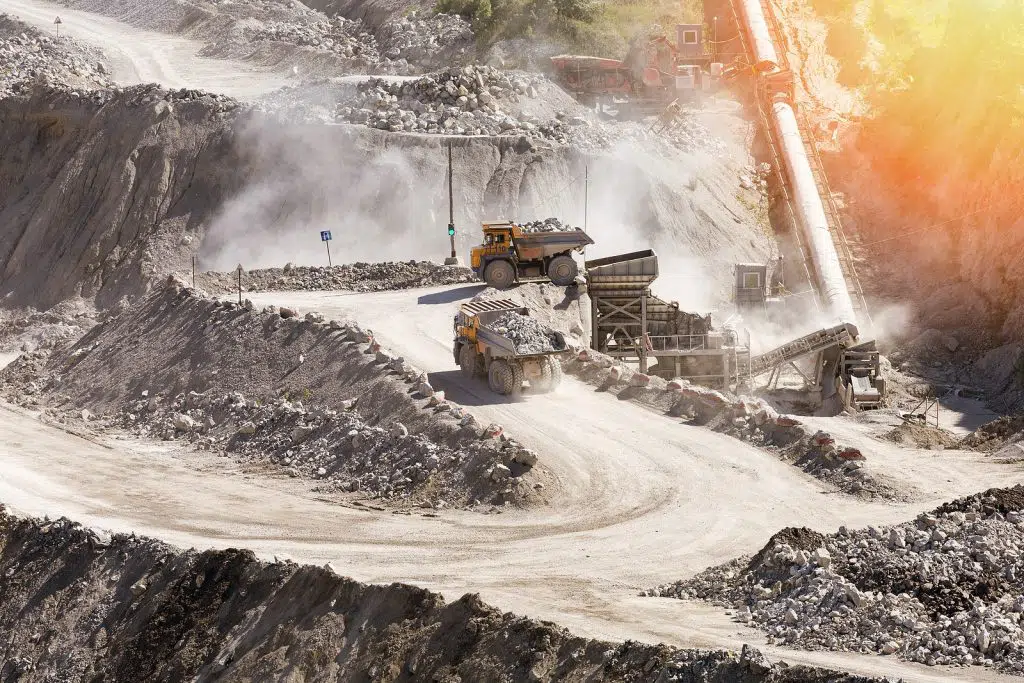Mining operations are critical to the extraction of valuable minerals and resources that underpin modern economies and industries. From precious metals to coal and industrial minerals, mining provides essential materials for construction, energy production, technology, and many other sectors. This article explores the various types of mining operations, the processes involved, their economic and environmental impacts, and emerging trends in the industry.
Types of Mining Operations
Mining operations can be broadly classified into two main categories: surface mining and underground mining. Each method is suited to different types of minerals and geological conditions.
- Surface Mining: This technique involves removing soil and rock overlying a mineral deposit, making it accessible for extraction. Common methods include:
- Open-Pit Mining: A method where a large pit is excavated on the surface to extract minerals. It is typically used for minerals such as copper, gold, and iron.
- Strip Mining: Employed mainly for coal, this method strips away layers of soil to expose and extract the mineral. It is effective for shallow deposits.
- Mountaintop Removal: A controversial practice primarily used for coal mining in the Appalachian region of the United States, where the tops of mountains are blasted off to access coal seams.
- Underground Mining: Used when minerals are located deep within the Earth, underground mining involves creating tunnels or shafts to reach deposits. Key methods include:
- Room and Pillar Mining: This method involves extracting minerals while leaving pillars of rock to support the mine’s structure.
- Longwall Mining: An advanced technique where a long wall of coal or ore is mined in a single slice, with continuous miners and hydraulic supports.
Mining Processes
The mining process typically involves several stages, including exploration, extraction, processing, and rehabilitation.
- Exploration: This initial phase involves geological surveys, sampling, and mapping to identify potential mineral deposits. Advanced technologies, such as remote sensing and geophysical surveys, are often employed to enhance exploration efficiency.
- Extraction: Once a viable deposit is identified, the extraction process begins. This involves removing overburden (the soil and rock above the mineral) and extracting the target mineral using the chosen mining method.
- Processing: After extraction, the raw material undergoes processing to separate valuable minerals from waste. Techniques may include crushing, grinding, flotation, and leaching, depending on the mineral type.
- Rehabilitation: Modern mining operations emphasize responsible land rehabilitation after mining is completed. This may involve restoring vegetation, recontouring land, and ensuring that water quality is maintained.
Economic Impact
Mining operations significantly contribute to local, regional, and national economies. The sector creates jobs, stimulates local businesses, and generates tax revenue. In many resource-rich countries, mining is a major driver of economic growth and development. However, the economic benefits must be balanced with considerations of environmental sustainability and social responsibility.
Environmental Challenges
Despite its economic importance, mining operations can have substantial environmental impacts, including:
- Habitat Destruction: Surface mining can lead to deforestation, loss of biodiversity, and disruption of ecosystems.
- Water Pollution: Runoff from mining sites can contaminate local water bodies with heavy metals and chemicals, affecting aquatic life and drinking water sources.
- Soil Erosion: The removal of vegetation and soil can lead to erosion and sedimentation in nearby streams and rivers.
- Air Quality: Dust and emissions from mining operations can degrade air quality, posing health risks to workers and surrounding communities.
Innovations and Sustainability in Mining
The mining industry is increasingly adopting sustainable practices and innovative technologies to mitigate environmental impacts and enhance operational efficiency. Key trends include:
- Automation and Digitalization: The use of robotics, autonomous vehicles, and advanced software is transforming mining operations, improving safety, and increasing productivity.
- Sustainable Mining Practices: Companies are implementing practices such as reducing water usage, minimizing waste, and restoring habitats post-mining. Sustainable certifications and responsible sourcing initiatives are becoming more prevalent.
- Recycling and Circular Economy: The industry is focusing on recycling minerals and metals to reduce the need for new extraction and minimize waste.
- Community Engagement: Many mining companies are recognizing the importance of engaging local communities in their operations, addressing concerns, and ensuring that communities benefit from mining activities.
Conclusion
Mining operations are essential for extracting the resources that fuel our economies and support modern life. However, balancing economic benefits with environmental sustainability and social responsibility is crucial. By embracing innovative technologies and sustainable practices, the mining industry can continue to thrive while minimizing its impact on the planet. As we move towards a more resource-conscious future, the role of mining will remain pivotal, necessitating ongoing commitment to responsible operations and community engagement.
